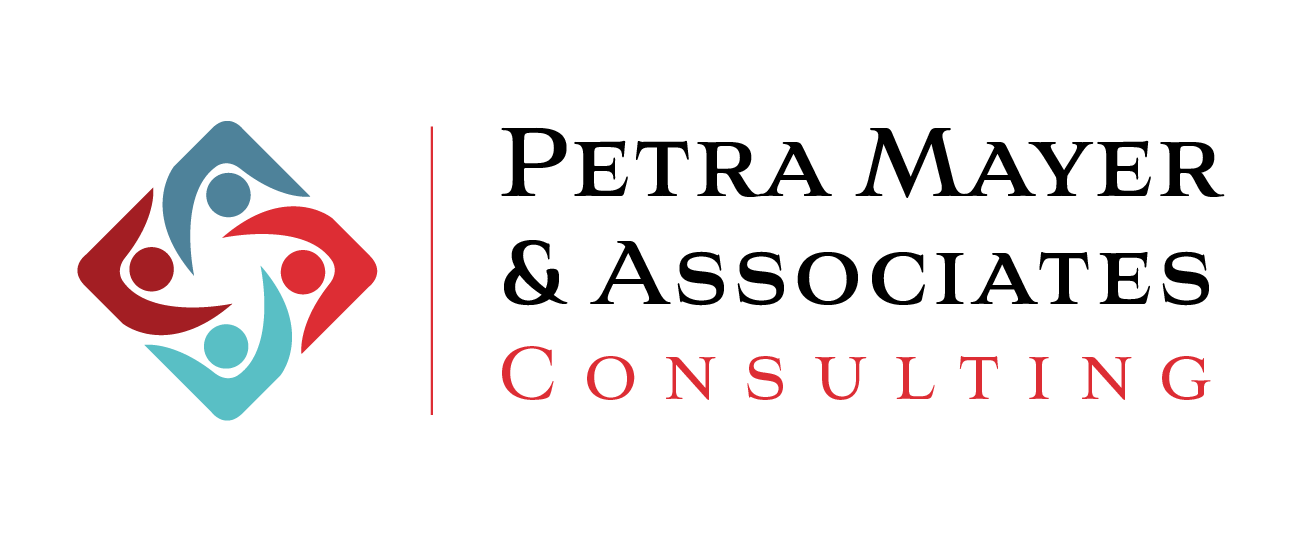
If you have ever been involved in a System Implementation Project, you know that it can sometimes be a headache. And not only for the implementation team. Software Training is an important component of this project.
Every end-user who will be using the updated software will inevitably go through the change with resistance. But, why is that? Isn’t every new or updated system supposed to be a welcome change?
In order to benefit from improvements, support for these changes needs to be put in place. This includes integrated help tools, documentation and having the support of proper training.
This probably seems like a project in itself. And, it is!
The components of communicating a System Roll-out
When you are rolling out a new system, your communication plan needs to support the users in all stages of the project.
Before their first log-in, users need to know about the upcoming roll-out, the purpose of the system and the main changes to expect. This includes the timeline for the system roll-out, how they need to use and access it, as well as what support infrastructure is in place.
This infrastructure includes:
- System Training
- Supporting documentation (e.g. Cheat Sheets or Job Aids, Help Files or FAQ)
- In-System Help
System Training needs to be developed by keeping in mind the needs of the new as well as existing users. Teaching the differences of the previous system for the existing users and the beginners guide for new users will be a necessity in the system training program. This may include:
- A full training program for new users
- A summarized training of system changes
- A resource database of existing users
In a recent project with one of my clients, we transitioned what used to be developed as in-person training into virtual training components for new and existing users. The new users have to learn how to use the system from scratch. We developed a learning journey for these clients that provided them with a recommended learning process of modules that build on each other.
Comparatively, they also had existing clients who were already using the system but, needed to easily find the reference training for specific aspects of this complex software. We wanted to give these users a high degree of flexibility. The solution was to provide them with access to the training in a modular and searchable approach.
Adult learners want to practice
Have you ever watched video after video of instructions on how to use a software? This is definitely not the best attention grabber. It’s no James Bond movie.
So how do you keep adult learners engaged? Practice!
Adult learners want to put what they learn to use in a way that is relevant and practical for them. In software that means they want to practice the skills they have just learned and overcome mistakes in real time.
For our clients, we include as many practice exercises as makes sense based on the material of the training.
Clear instructions help the learner to follow the process they just observed in a comparable way by using standard input data. They receive a link to a sandbox where they can enter their data without impacting their companies dataset in a negative way. And, they can do so in their private office environment, where any mistakes can stay between them and their computer.
Supporting Documentation in Software Training
But, let’s be realistic. Even after practicing with the new software, by the time the learner has to apply it, they have forgotten 60-75% of what they learned. So, what to do about the dreaded “forgetting curve”?
This is where supporting documents can help. Job Aids or Cheat Sheets are the documents that the learner can take to the office and use as a reference. Additionally, if these reference documents are searchable online and linked within the platform, it’s even better.
For the learners of our software client, we include PDF documents their learners can download and save on their own system for each of the major lessons. This helps them build up a reference library for future use.
In-System Help
An in-system help toolkit is a great way to ensure help is available when the learner is in need. This could include:
- Tooltips
- Reference links to the Job Aids
- Reference documents
- FAQ page
Consistency is everything. Ensure the terminology between the in-system help, often created by the software developers, and the documentation and help files is in line with the training.
In our client’s case, we were lucky to be able to work very closely with the subject matter experts, who also were part of the development team of the software itself. The documentation created by the supplier made the use of in-system help and supporting documentation easy and efficient for the learners.
Working with an external resource on your software training development
When working with an external resource to create your software training, consider how important it is to address all the above components. You want to ensure that the training developed is invaluable for the learners, regardless of whether they are new or an existing learner.
We recommend to follow the Action Planning methodology to ensure that your project is well designed and executed.
If you have a software training project and don’t know how to get started or, if you’d like some additional resources to help keep the moving parts aligned, contact us for a free consultation. We would love to support your Software Training Project.

